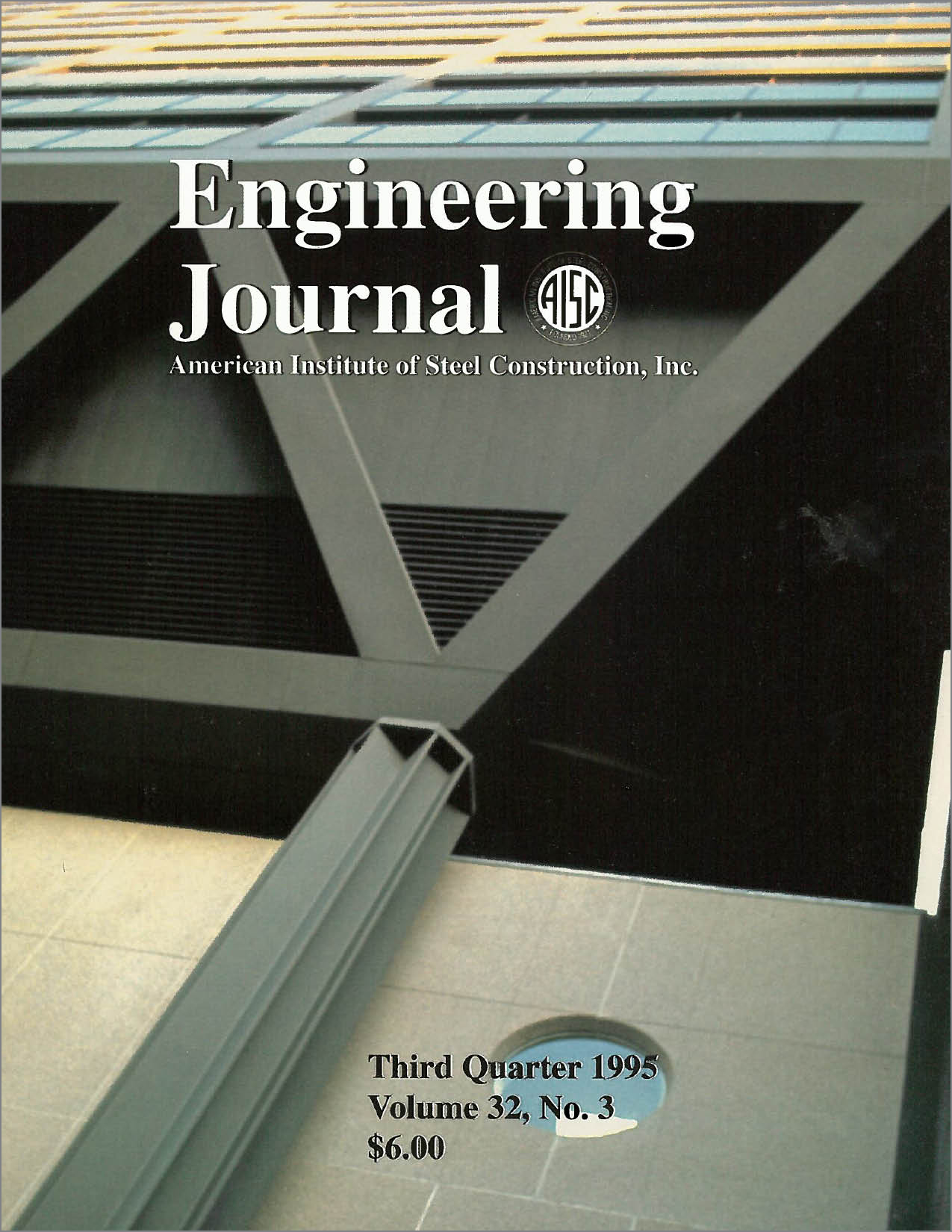Influence of Cross Frames on Load Resisting Capacity of Steel Girder Bridges
DOI:
https://doi.org/10.62913/engj.v32i3.645Abstract
The fifteenth edition of the AASHTO manual requires intermediate cross frames in steel girder bridges with maximum spacing of 25 feet. Although these cross frames may be needed for temporary loads their effectiveness following construction has been a point of debate for short and medium span bridges. Cross frames with different configurations have been utilized in bridge construction. Besides increasing construction costs, many problems in steel girder bridges could be attributed to the presence of cross frames. For instance many states have observed cracking in the girder web of bridges in the vicinity of the cross frame's connection to the beam, especially for details where stiffeners are not rigidly connected to top and bottom flanges.Prior to casting the concrete deck, smaller spacing of cross frames results in smaller laterally unbraced lengths of steel girders and, consequently, could result in smaller sections. In some steel bridges it is therefore possible to have diaphragm spacing of less than 25 ft., the maximum spacing allowed by the AASHTO manual. The need for cross frames in these instances becomes an even more serious question, especially if their presence results in unsatisfactory performance of the bridge (such as developing cracking in girder web). To address this issue, a combination of analytical and experimental investigations was conducted. A summary of the experimental investigation related to the use of cross frames is presented in this paper.

